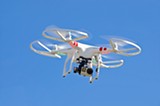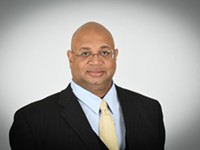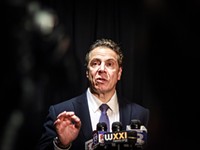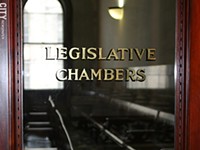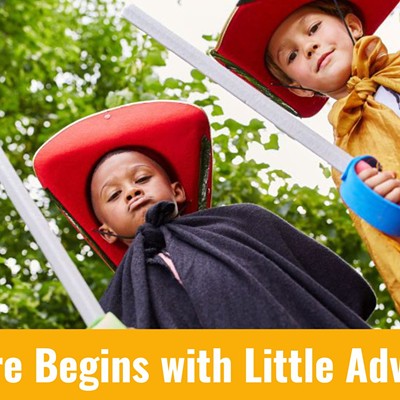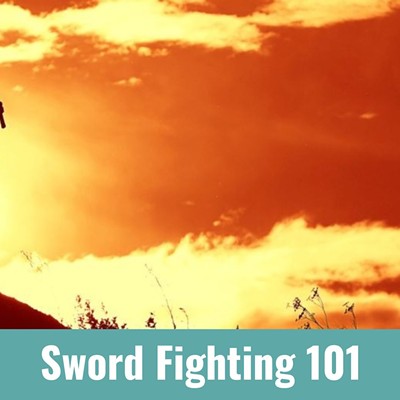[
{
"name": "500x250 Ad",
"insertPoint": "5",
"component": "15667920",
"parentWrapperClass": "",
"requiredCountToDisplay": "1"
}
]
The Honeoye Falls Fire Department's annual Christmas parade was in full swing when a camera-wielding drone descended on it.
The parade is a popular community event, and in this past year's, more than 15 area fire departments queued up in the village; that's a whole lot of trucks covered in wreaths, lights, and holiday lawn ornaments. It's the kind of event that lends itself to snapshots, and the drone operator clearly realized that the procession presented the potential for some interesting aerial shots.
Photos from the drone started circulating around Facebook soon after the parade, says Honeoye Falls Mayor Rick Milne. But its presence and the images were far from controversial. Milne says that he's mostly heard people talking about how much they enjoyed the images.
"Most people kind of looked at it and said, 'Oh, that's kind of neat, got some neat pictures,'" Milne says. "But if all of a sudden that crashed, or it hit a building, or whatever, then that person would be liable for those damages and the harm it caused."
Drones have become an extremely popular hobby, and as they become more affordable more people are going to buy them; the Consumer Technology Association estimated that 700,000 of the radio-controlled aircraft would be sold in 2015. But as more of the drones buzz around the skies, local government leaders across the state are getting privacy and safety complaints from constituents.
The New York Conference of Mayors and Municipal Officials, of which Milne is president, held an hour-long session on drones during its winter legislative meeting earlier this month. (The Honeoye Falls village board had a discussion about drones during a recent meeting, too). The takeaway from the state meeting: local governments can't regulate drones, since the Federal Aviation Administration already does.
The FAA regulations say operators aren't supposed to fly drones – unmanned aircraft systems, in the agency's language – above 400 feet, near planes and helicopters, within five miles of an airport, and near people or stadiums. The same laws apply to radio-controlled airplanes and helicopters, like the kind you'd see at a model airfield.
If a community is having problems with drones, it has few options, and all deal with enforcement of some sort, says Wade Beltramo, general counsel for NYCOM. Mainly, local law enforcement can start an investigation and call in the FAA, which can determine whether the operator violated federal airspace regulations.
But local police may also be able to slap trespassing charges against drone operators who fly their machines over someone's property without permission, Beltramo says. This scenario has nothing to do with the drones' photo and video capabilities; the laws would treat a model airplane pilot the same, Beltramo says. It's a property rights issue, more or less. Airspace above 500 feet is open to FAA authorized aircraft, but anything below that is basically considered private property, Beltramo says. A model airplane pilot could face the same consequence.
"It hasn't really been litigated but we may see that," Beltramo says.
Speaking of...
Latest in News
More by Jeremy Moule
-

ROCHESTER TEN
ANNETTE RAMOSAug 1, 2023 -

Monroe County seed libraries take root
Apr 21, 2023 -

Is NY’s medical marijuana program up in smoke?
Apr 4, 2023 - More »
